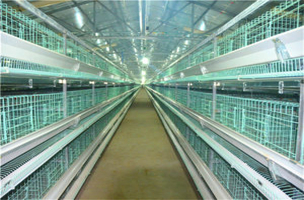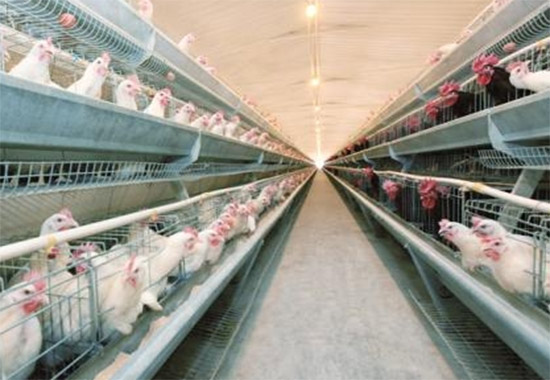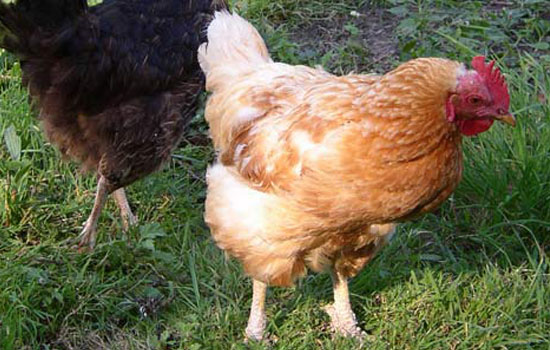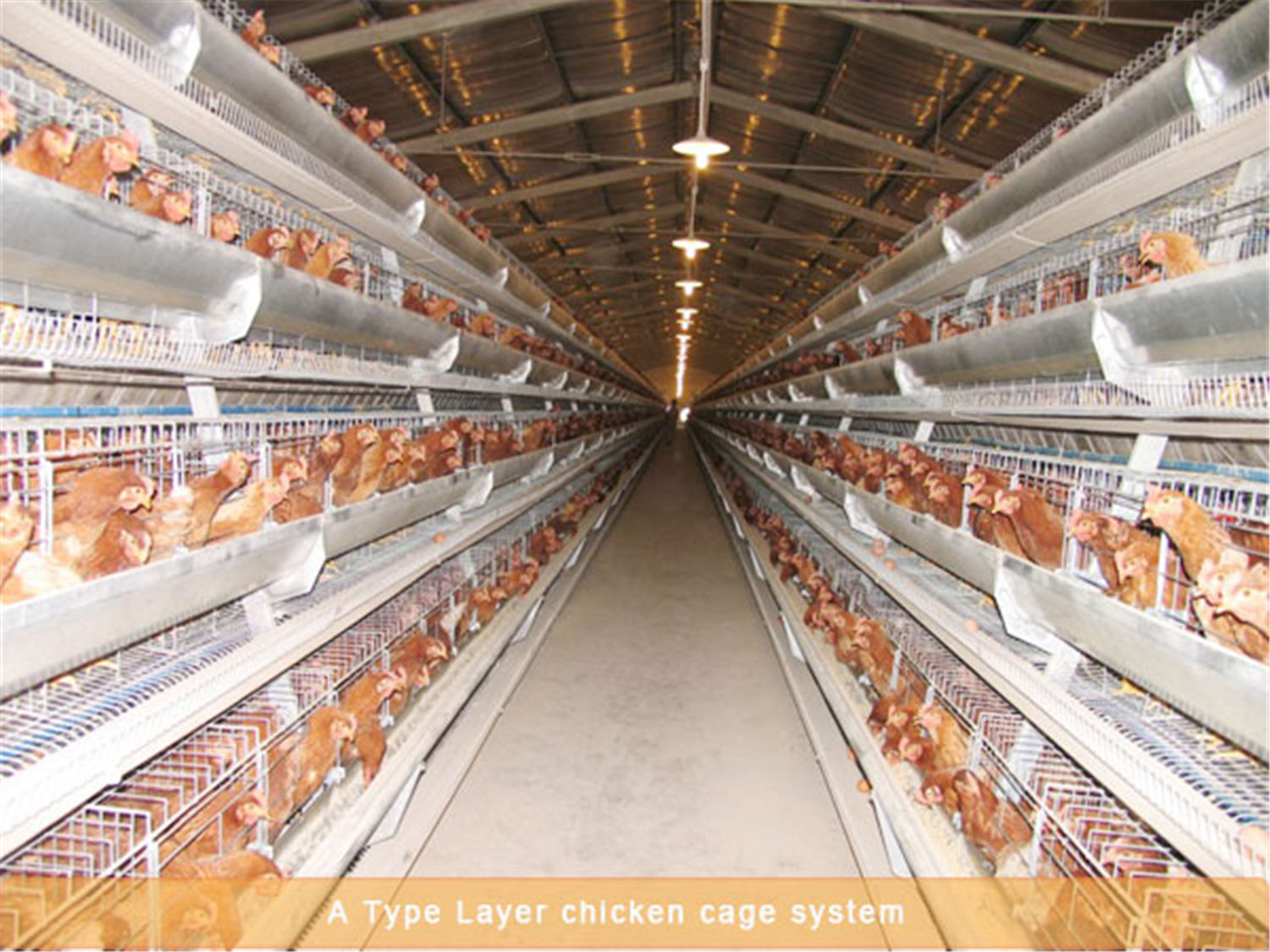What should to do if the water line is dirty?
- Published in Poultry raising equipment
- Be the first to comment!
Many large-scale chicken farms have strict requirements for drinking water equipment for chickens. Water-line drinking equipment is usually used, which can take into account functions such as immunization and drug administration. But what if the chicken farm water line is dirty and blocked of poultry farming equipment? How should the waterline be cleaned up?
1. Control of water quality
The drinking water depth of the chicken farm should be more than 100 meters, which will be cleaner.
2. Choose cleaning disinfectant
Choose a cleaning and disinfecting agent that can effectively dissolve biofilm, mucus and scale in the water line. According to the disinfection effect of different disinfectants and the cost of use, choose the appropriate water line immersion disinfection.
3. Immersion cleaning water line and pipeline process during empty period
1) Open the water line and completely drain the water in the pipeline;
2) Add sodium dichloroisocyanurate powder to each water tank, add water to mix evenly, and close the valve of the straight water line;
3) Open the valve at both ends of the water line, release the clean water, open the water line to connect the valve of the water tank, press the last nipple at both ends of the water line to smell the chlorine smell, close the valve, soak and disinfect for 4 hours, which will kill the residual bacteria. And further remove residual biofilm;
4) After the immersion disinfection is completed, close the water tank outlet valve, open the water tank drain valve, drain the remaining disinfection solution, and open the water tank inlet valve, flush the water tank, and close the straight-through pressure regulating valve to open the straight-through Water line valve (not through the pressure regulating valve directly through the water line), then open the valve at both ends of the water line, release the disinfection solution, and then rinse the water line with 1~2 sponge balls;
5) The pipeline from the well to the chicken house should also be thoroughly cleaned and disinfected. It is best not to flush the pipeline inside the house with the water in the pipe. The pipe should be connected to the cannula of the dosing device and backflushed. Pipe outside the house;
6) The washing water should contain disinfectant, the concentration is the same as the concentration of drinking water in the feeding period of the chicken, and the disinfection of drinking water is sodium dichloroisocyanurate (the effective concentration of residual chlorine is 3~5ppm disinfecting water).

4. Feeding period soaking water line operation process (night operation)
1) Check whether the sewage connection pipe at both ends of the water line is normal and the water line connection is unblocked;
2) Add sodium dichloroisocyanurate powder (30% effective chlorine) (125g to 200kg water) or 6.5% chlorine dioxide (500g to 200kg water) to each water tank, add water and mix well, and close the straight water. Line valve
3) Turn off the light for 30 minutes or adjust the height of the waterline to a height that the chicken cannot reach;
4) Open the valve at both ends of the waterline, release the clean water, open the waterline to connect the valve of the water tank, press the last nipple at both ends of the waterline to smell the chlorine, close the valve, and immerse for 30 minutes;
5) Close the water outlet valve, open the water tank drain valve, drain the remaining disinfection solution, open the water inlet valve, flush the water tank, close the straight-through pressure regulating valve, and open the straight water line valve (not Pass the pressure regulating valve directly through the water line), then open the valve at both ends of the water line, release the disinfection solution, and then rinse it with 1~2 sponge balls;
6) After the water line of poultry equipment for sale is immersed and disinfected and rinsed, the inflowing water source must be fresh and chlorinated.






